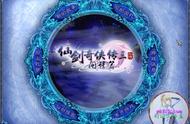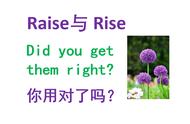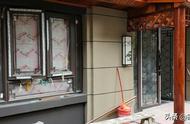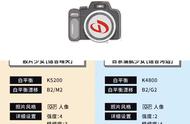在英语中,"rise"和"raise"是两个常被混淆的词汇,它们在语法和含义上存在明显的区别。本文将深入探讨这两个词的用法,以帮助你更准确地使用它们。

"Rise" 是一个不及物动词,通常用来描述事物自行上升、升起或升高的过程。以下是一些常见的用法:
- 太阳升起: The sun rises in the east every morning.
- 温度上升: The temperature is rising, so it's getting warmer.
- 水位上涨: The river is rising due to heavy rain.
- 价格上涨: The cost of living tends to rise over time.
- 声音逐渐变大: The noise level rose as the concert began.

"Raise" 是一个及物动词,通常用来描述人或物体使某物上升、提高或抬高的动作。以下是一些常见的用法:
- 举起手: Raise your hand if you have a question.
- 提高标准: The company decided to raise the quality standards.
- 抚养孩子: It takes a village to raise a child.
- 加薪: The employees requested a raise in their salaries.
- 引起关注: The incident raised concerns among the community.

- 不及物动词,无需直接的宾语。
- 描述事物自行上升、升起、升高的过程。
- 常用于描述太阳、温度、水位、价格等自然和抽象的变化。
- 及物动词,需要直接的宾语。
- 描述人或物体使某物上升、提高、抬高的动作。
- 常用于描述举手、提高标准、抚养孩子、加薪等与人类行为和影响有关的情境。
- Correct: The bread dough needs time to rise before baking. Incorrect: The bread dough needs time to raise before baking.
- (正确:面团在烘烤前需要时间发酵。错误:面团在烘烤前需要时间“抬高”)
- Correct: She decided to raise her hand and ask a question. Incorrect: She decided to rise her hand and ask a question.
- (正确:她决定举手问问题。错误:她决定“升起”手来问问题。)

"Rise" 和 "raise" 在用法上存在明显的区别。了解它们的不同之处有助于避免语言错误,使你的表达更加清晰和准确。记住,“rise”通常用于描述事物自行变高的过程,而“raise”则用于描述人或物体使某物变高的动作。通过这些示例和总结,希望你能更自信地运用这两个词汇,提高语言表达的准确性。
,














